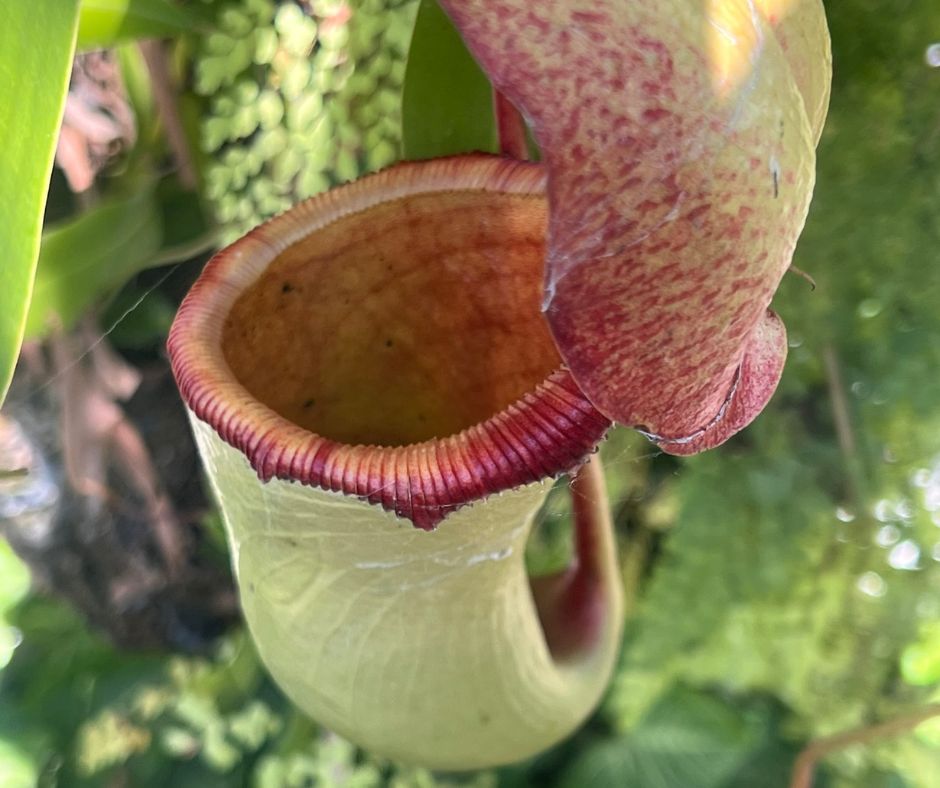Plant Power
Last week I was up in Auckland and while visiting a friend, I was blown away by some of the wonderful plants in their garden – plants we just can’t grow in Dunedin.
Finger Limes (this was my first introduction to these wee beauties) and a type of Tropical Pitcher plant were in full fruit and flower and I had one of those moments of marveling at the wonder of nature.
The diversity of plants and the places they are able to grow is simply amazing and a fantastic reflection on the intricacies and adaptability of biology.
Underpinning the wonderful physical form of plants is their diverse molecular make-up, designed to help the plants adapt to different environments to survive and reproduce. Think of the differences between a 150-year-old tree, deep-rooted, standing tall, towering over its neighbors, compared with shorter-lived pond-algae which survive and photosynthesize, despite having no roots or vascular system.
I believe that the within plants there lie the answers to many of our global challenges - sustainable energy and food sources, pollution remediation and human medicine to name a few.
Of course, the use of plants for human medicine is nothing new. Today, about 10% of modern pharmaceuticals are derived from plants and ~50% are made from plant analogues – so chemical compounds which were originally discovered in plants and are now synthetically derived in the lab. Interestingly, only about 6% of the world’s diverse plant species have been screened for human medical application.
One of the challenges I have with modern, pharmaceutical medicine is that to get health products through regulatory authorities like the United States Food and Drug Administration (known as the FDA) is hugely expensive (it takes ~USD$1Billion to create a new pharmaceutical from inception and regulation to commercialization) and is only really viable for single or low complexity compound groups.
Whole plants and whole plant extracts are full of hundreds of compounds, often acting synergistically – untangling dependencies and modes of actions of all the chemical compounds is beyond even the most complex laboratory and clinical trials.
And just to blow the mathematical equations out even further – think of all those compounds reacting with the over one trillion microbes (bacteria, fungi, viruses and protozoa) in our bodies - the web of interactions is well beyond the average human brain – maybe this is where AI will help!
In saying all of this – I am not against modern pharmaceuticals, but I would like to see greater recognition within our health system of the role of plants, and importance in human health.
If I take a look at our Zestt Breathe+ lozenges, within the blackcurrant and boysenberry extract, there are over 100 compounds that we know of! These include a range of phenolic compounds, sugars and organic acids that our bodies use for health functions like reducing inflammation, fighting pathogens and repairing cells.
Aren’t plants just crazy cool?
All the best, Anna and Darcy.
If you would like to discuss any of this further, please contact Darcy or Anna (who you can contact at +64 27 599 2255 or +64 27 4861418 respectively) or via info@zesttwellness.com.
 United States
United States New Zealand
New Zealand
